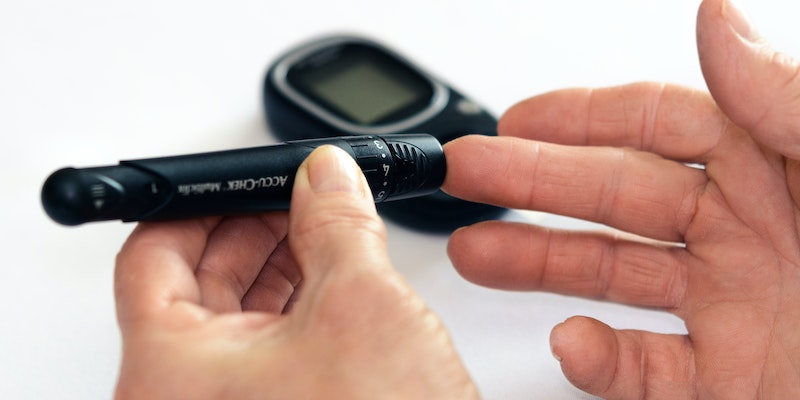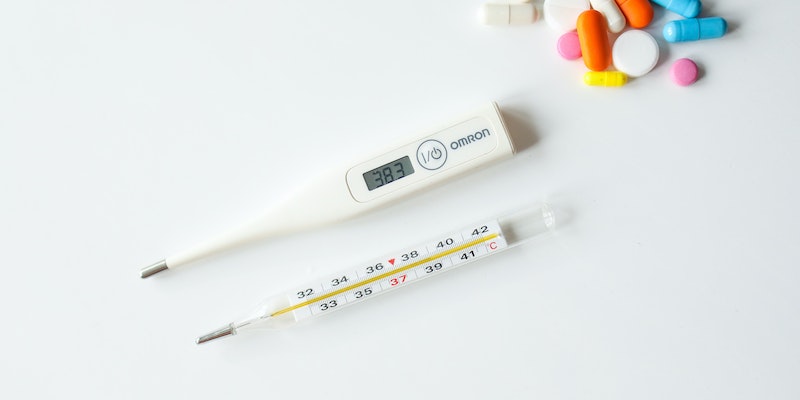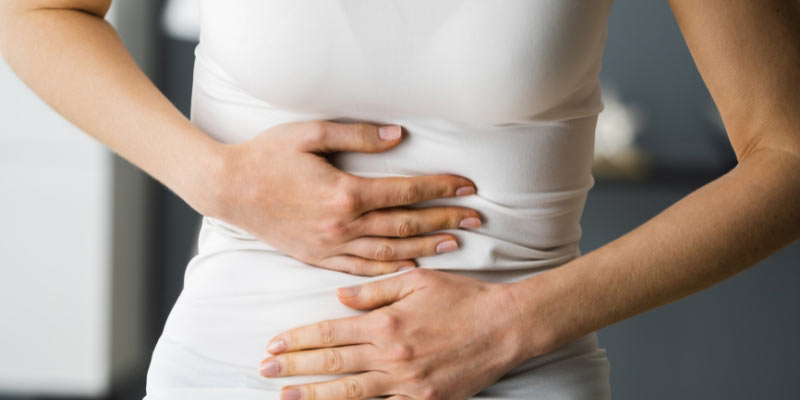
Incontinence—the involuntary leakage of urine or feces—affects people of all ages and backgrounds and is frequently stigmatized. Understanding the complex origins of its growth is crucial, given its massive effect on everyday life. This essay explores the many causes of incontinence. Understanding these factors helps people and healthcare providers improve incontinence management and treatment techniques.
Incontinence is age- and gender-neutral, and there are various forms. Examples include stress, urge, overflow, functional, mixed, and neurogenic incontinence. Each kind has distinct issues and needs individualized diagnosis and treatment. It's essential to quickly comprehend these frequent categories and their characteristics before studying the reasons.
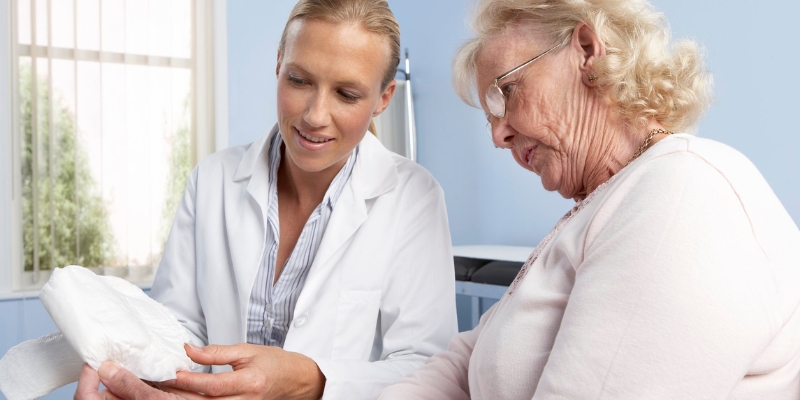
Comprehensive Exploration of Incontinence Types:
Weak pelvic floor muscles may cause stress incontinence, which occurs when pee leaks when coughing, sneezing, or exercising. Stress incontinence has several complex causes and risk factors. Labor, particularly vaginal delivery, may weaken pelvic muscles in women. Another concern is obesity, which strains the bladder and surrounding tissues. Healthcare professionals and patients must recognize these complex elements to create successful stress incontinence treatment regimens.
Urge incontinence—a sudden, overwhelming desire to urinate—has several reasons. Multiple sclerosis and stroke may impair brain-bladder communication, causing urge incontinence. Caffeine and alcohol are bladder irritants, worsening this disease. Regulating and avoiding urge incontinence requires identifying and regulating these complex causes. Recognizing the complicated relationship between neurological variables and lifestyle decisions may help healthcare practitioners and patients manage urge incontinence.
Delving into the Underlying Causes of Incontinence:
Overflow Incontinence: Peering into the Complex Causes
When the bladder doesn't drain correctly, dribbling or leakage occurs. This condition's complex causes include enlarged prostates in males, diabetes-related nerve damage, and some drugs. Recognizing and comprehending these complex fundamental causes is crucial for treatment choices and customized treatments.
Functional Incontinence: A Holistic Approach to Addressing Underlying Factors
Unlike other forms, functional incontinence is caused by physical or cognitive impairments that prevent timely toilet use. Cognitive problems and mobility issues lead to this sort of incontinence. Addressing the root problems requires a comprehensive strategy that may include physical therapy, assistive gadgets, or caregiver assistance. To improve quality of life, healthcare clinicians, physical therapists, and caregivers must recognize that functional incontinence typically needs a multidisciplinary approach.
Mixed Incontinence: Untangling the Complex Web of Causes
Mixed incontinence is complicated since it has symptoms of two or more categories. Diagnoses and treatments are typically complicated by this mix. Healthcare professionals must understand the etiology of each coexisting incontinence kind to adapt therapies. Mixed incontinence requires a specific therapy since the causes differ by person. Healthcare practitioners help patients diagnose incontinence, define its varieties, and create a treatment plan that addresses stress and urge.
Neurogenic Incontinence: Navigating the Complexities of Nervous System Damage
Neurogenic incontinence stems from nervous system injury and decreased bladder control. Stroke, multiple sclerosis, and spinal cord injuries may alter bladder function's complex neurological networks. Urinary retention, bladder control loss, and trouble starting urination are symptoms. Healthcare practitioners must treat the neurological disease and symptoms of neurogenic incontinence. Medication, catheterization, and surgery are common in this technique. Individuals and healthcare teams must understand neurogenic incontinence and its treatments to enhance bladder function and quality of life.
The Crucial Steps in Addressing Incontinence:
Accurate diagnosis and medical guidance are essential to treating incontinence. To diagnose incontinence type and causes, a doctor does a complete medical history, physical exam, and diagnostic testing. This diagnostic procedure lets doctors customize treatment programs for better management and quality of life.
Proactive Strategies for Minimizing Incontinence Impact:
Incontinence prevention and management need several preventive steps. Lifestyle improvements, including decreasing coffee and alcohol, keeping a healthy weight, and staying hydrated, are essential. Pelvic floor muscle training and planned toilet breaks may improve bladder control and minimize urgency and leaks. Early diagnosis, treatment, and health monitoring may reduce the effect of incontinence and prevent its development.
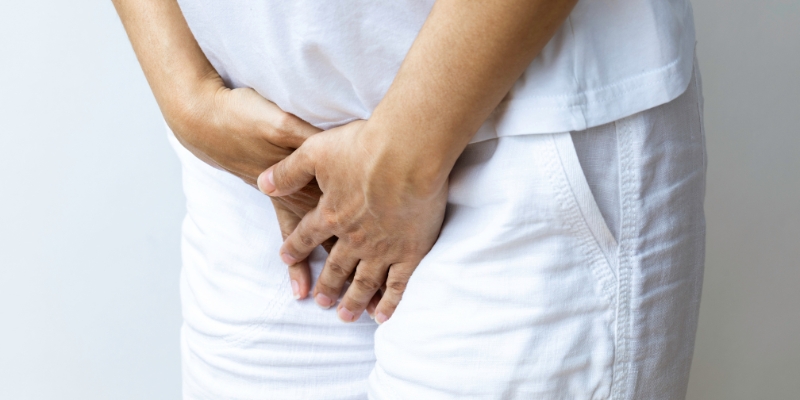
Addressing Incontinence as a Multifaceted Challenge:
Incontinence typically needs more than symptom treatment. Holistic incontinence treatment addresses physical, mental, and lifestyle factors. Healthcare practitioners give medical, emotional, and lifestyle advice to help people through this journey. Recognizing that incontinence impacts many aspects of life emphasizes the need for holistic treatment.
Support and Empowerment:
Incontinence may be emotionally draining, but people should not cope alone. Services, including support groups, internet forums, and healthcare professionals, are helpful. Sharing experiences, getting advice, and obtaining information may help people manage their illness and improve their health. The incontinence journey requires acknowledging the strength of seeking assistance.
Research and Innovation:
Research on incontinence causes and treatments drives healthcare innovation. New drugs and surgical procedures are changing incontinence treatment. Knowing the newest findings may help patients and doctors choose treatments. Research and innovation give incontinence patients hope for better results and quality of life.
Empowering Future Generations:
Reduce stigma and provide future generations with knowledge and resources by raising awareness and education about incontinence. Schools, healthcare professionals, and community groups can help people understand incontinence, its causes, and assistance. We can build a more compassionate and knowledgeable culture that allows incontinence patients to seek care and live whole lives by breaking down barriers and encouraging open dialogues.
Diagnosis and Assessment of Incontinence:
Effective incontinence management requires diagnosis and assessment. Healthcare providers utilize many approaches to diagnose incontinence. Medical history, physical exams, urine tests, and urodynamic testing may be used. An accurate diagnosis helps customize treatment regimens to the individual's requirements, improving management and quality of life.
Treatment Options for Incontinence:
Incontinence therapy depends on kind and intensity. Medication may be used to calm the bladder or strengthen pelvic muscles, behavioral treatment to change lifestyle habits, minimally invasive procedures to repair anatomical abnormalities, or surgery in extreme situations. The individual's circumstances and healthcare specialists' advice determine the therapy.
Lifestyle Modifications for Incontinence:
Lifestyle changes help manage incontinence. Reduced coffee and alcohol consumption may reduce bladder irritants. Physical therapy and pelvic floor exercises improve bladder muscles. Fluid management and a regular restroom routine might also help. These changes are typically advised with medical therapies to improve bladder control and minimize incontinence.
Incontinence Products and Aids:
Incontinence products and aids help manage the issue. Catheters, absorbent pads, and adult diapers are examples. Individual requirements, incontinence type, and lifestyle determine product selection. Comfort and hygiene need proper use and disposal of these goods. Healthcare providers may assist people in choosing the best incontinence solutions by explaining their alternatives.
Psychosocial Impact of Incontinence:
Incontinence may negatively affect self-esteem, mental health, and quality of life. Emotional management of incontinence is essential. Maintaining self-esteem and mental wellness via therapy or support groups is crucial. Family and friend support might help with incontinence emotionally. Psychosocial therapy is as crucial as medical treatment for comprehensive incontinence control.
Incontinence in Special Populations:
Incontinence affects people differently. Due to bedwetting or daytime wetting, pediatric incontinence needs specific treatment. Incontinence in the elderly may be caused by aging and health issues. People with impairments may face special incontinence issues. These groups need tailored care and assistance to promote comfort, dignity, and well-being.
Incontinence and Quality of Life:
Managing incontinence improves the quality of life, not just symptoms. Maintaining independence, being active, and modifying routines to reduce incontinence disturbances may improve everyday living. Resilience and positivity may help incontinence sufferers find confidence.
Conclusion:
Incontinence has several causes and requires individualized diagnosis and treatment. People and healthcare professionals may better control and cure incontinence by thoroughly investigating these causes and understanding their interactions. Incontinence affects individuals of all backgrounds, and getting treatment and support is critical to recovering control and increasing quality of life. Its goal is to educate, decrease stigma, and encourage a more compassionate and educated approach to incontinence treatment.

